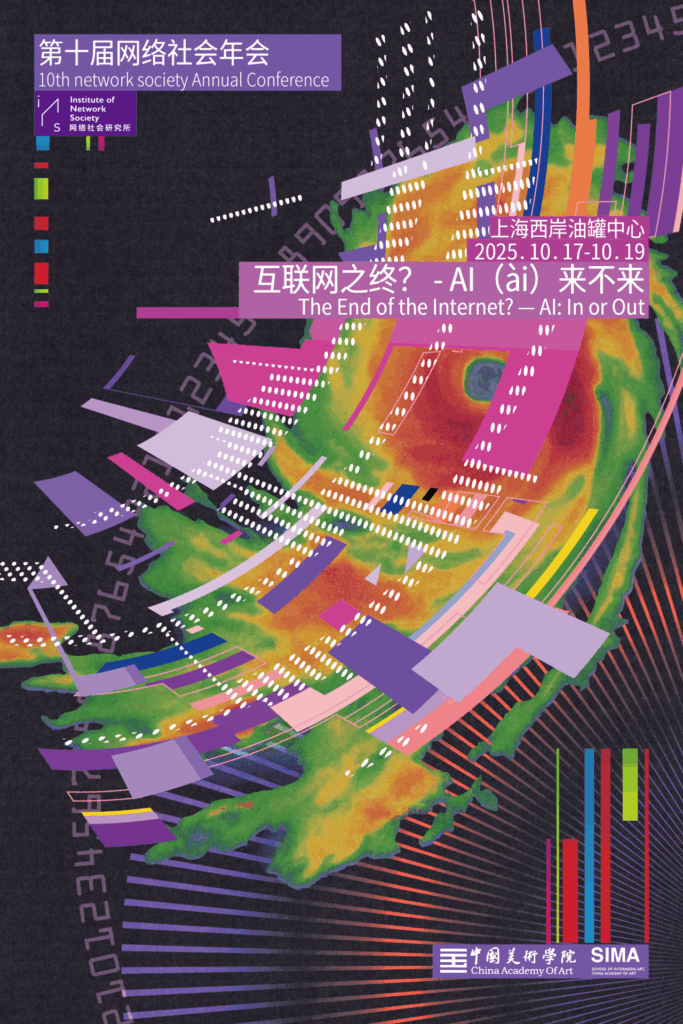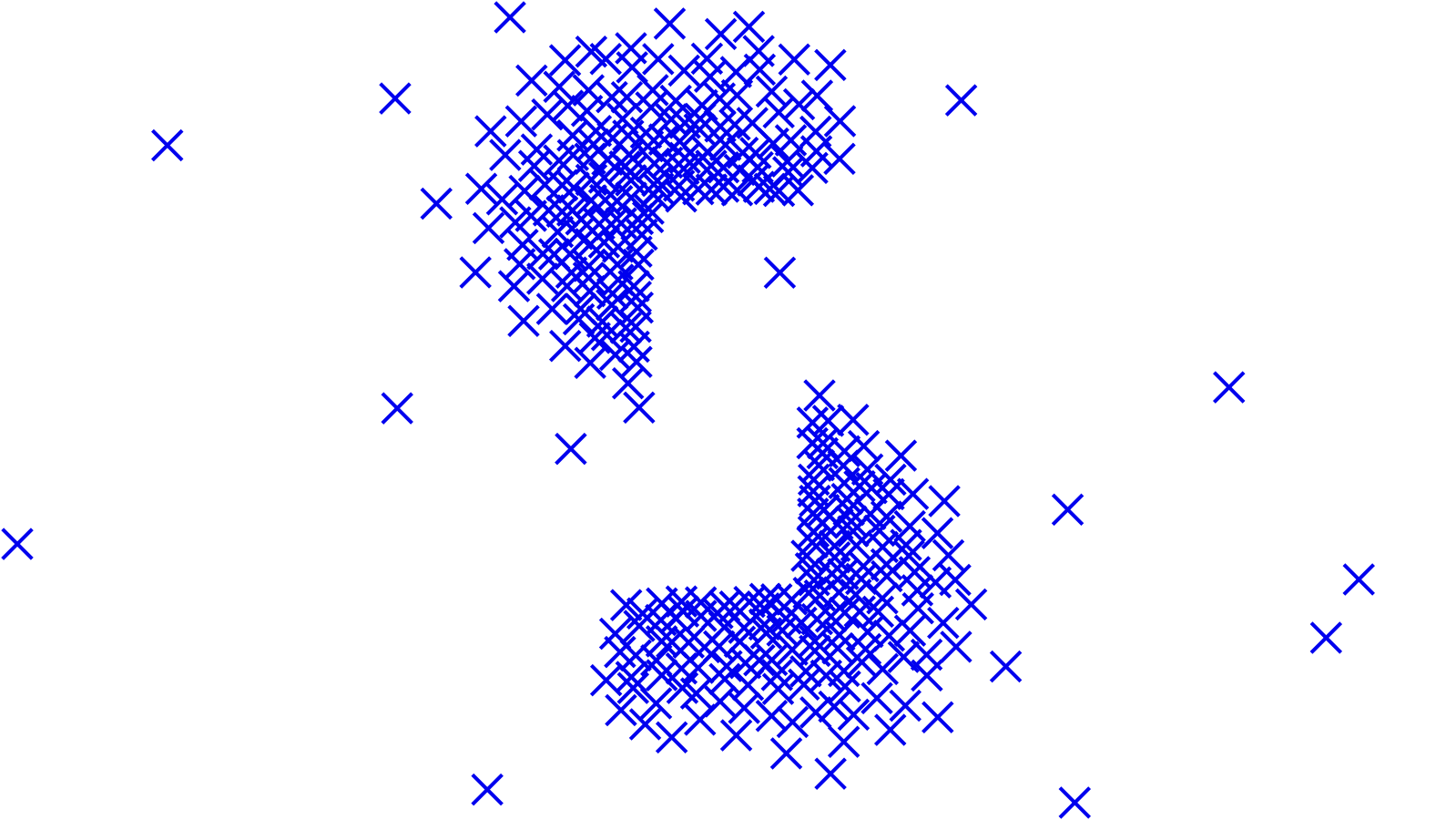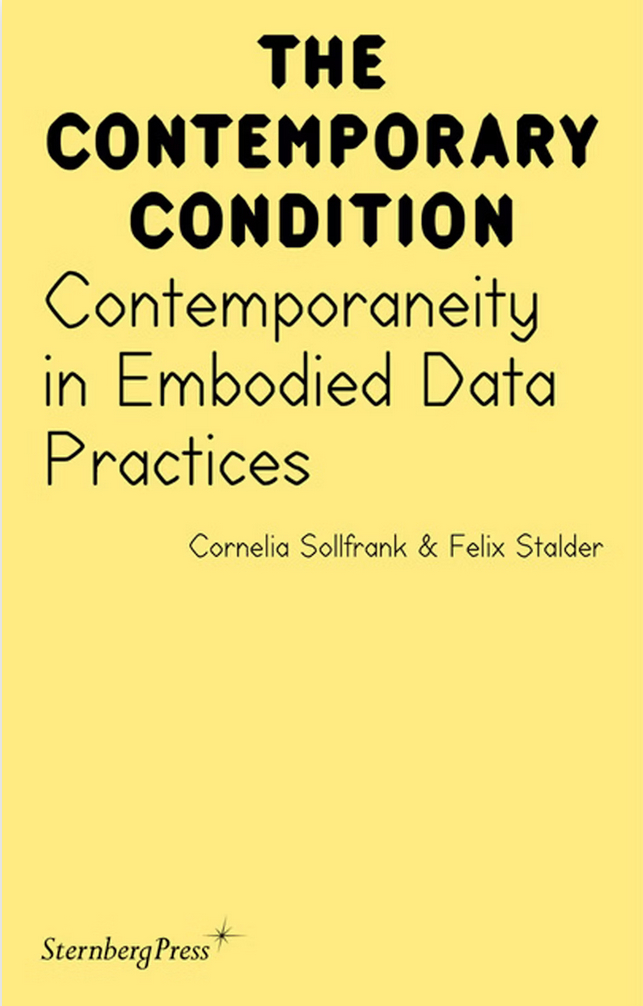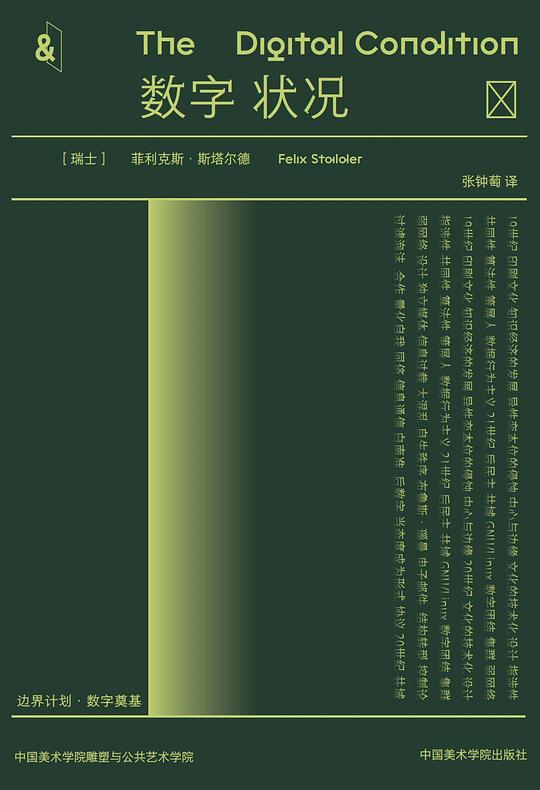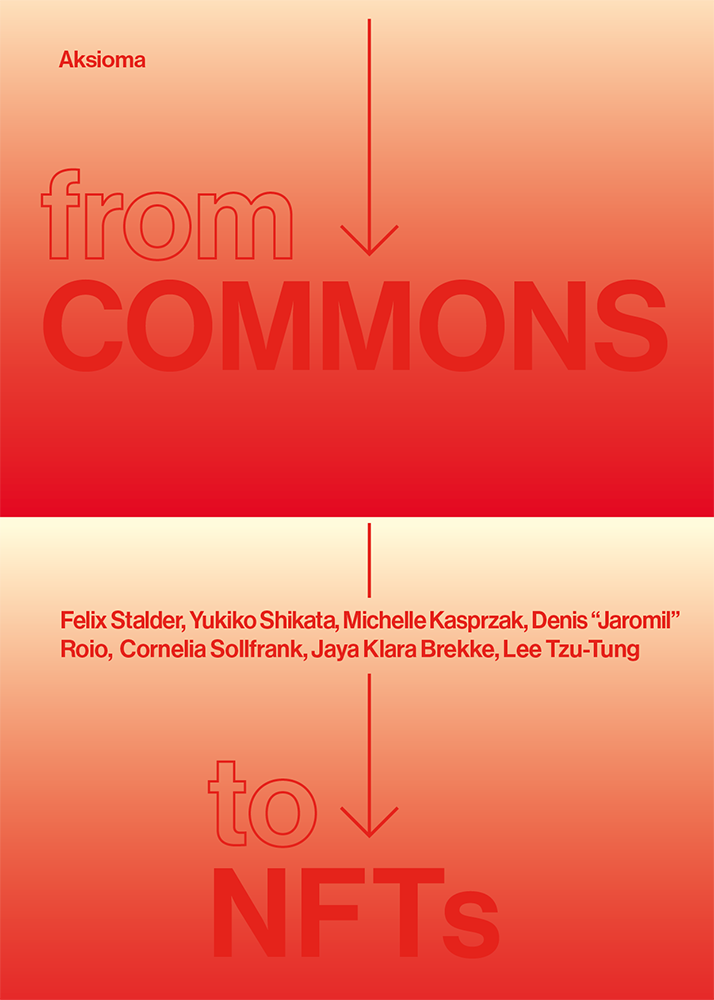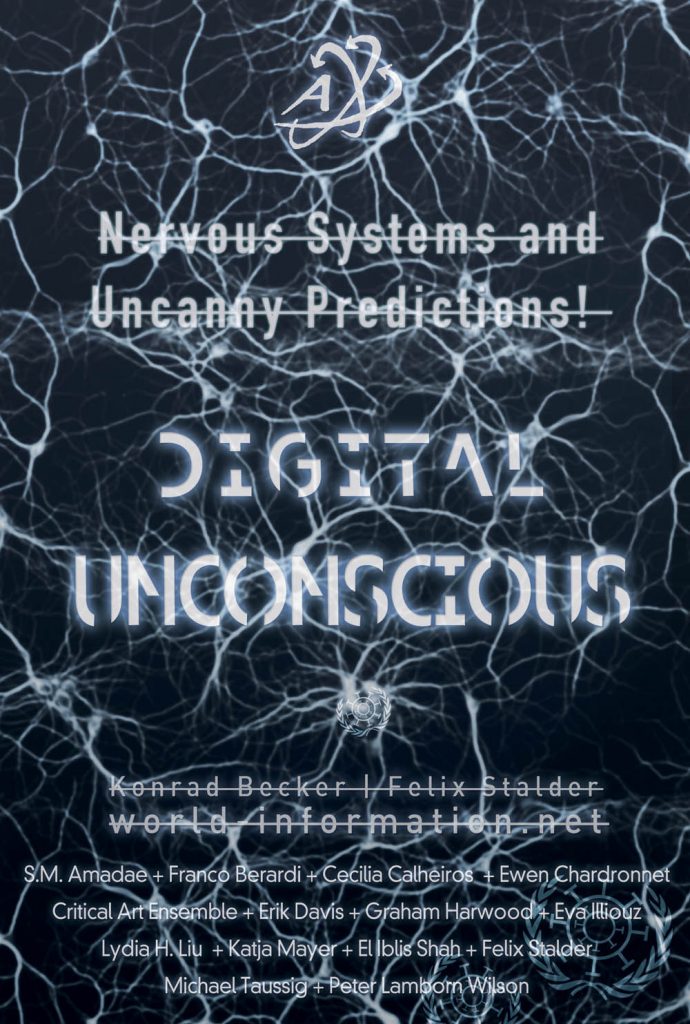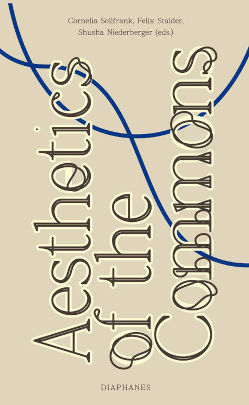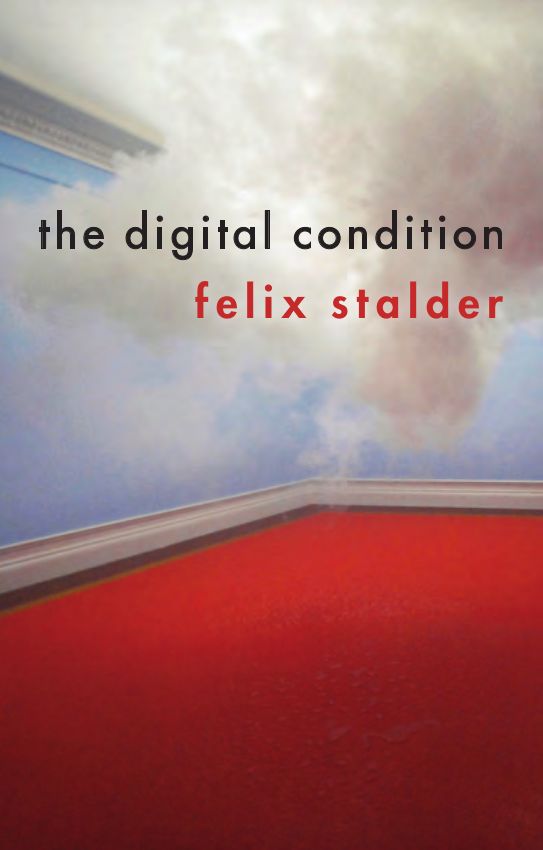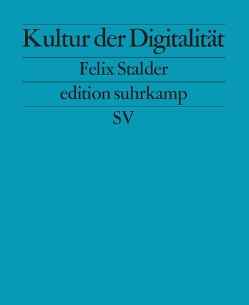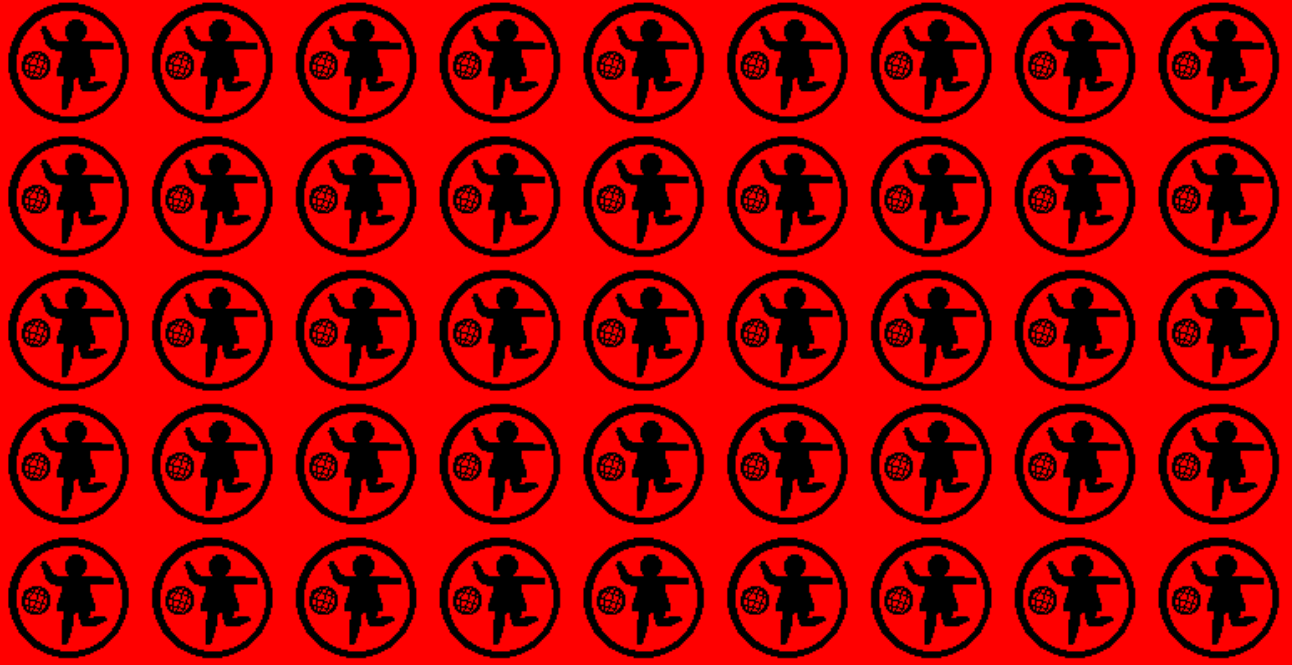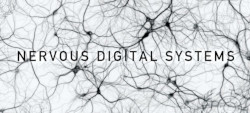
I'm honored to deliver a keynote at the 10th Annual Conference on Network Society, Shanghai TANK Art Center
The keynote is for Panel 4: When the Work is the Prompt
When aesthetic training, touch, and judgment are compressed into the combinatorial art of natural language, the outpouring of individual life experience and the impulse to express become mere cues that can be copied and modified. If creation becomes merely "parameter adjustment," risk and context disappear. This discussion asks whether labor, intelligence, and craftsmanship are irreplaceable. If generative processes are viewed as teachable prompts and generative multimedia content, how does art fit in? If corpus and style are viewed as outputs automatically agreed upon by professional communities, how can the artist's authorship and the public nature of artwork be discussed?
May talk is entitled : Digital Culture, Generative AI and Art
Abstract: If we take culture to be the sum of all activities through which societies organize meaning (to guide action), then generative AI introduces a profound transformation of (digital) culture. Initially, digital culture was shaped by the interaction of three processes: referentiality (meaning as a relation between things), communality (meaning negotiated within groups), and algorithmicity (meaning through automated selection). LLMs and other types of generative AI, on the other hand, do not use any of that. They produce what looks like cultural output through correlations only, but across a large number of variables. There is no recourse to external references, logic, or semantics. In this way,they cannot generate meaning to guide action but generate action to guide meaning. In linguistic terms, the function of language shifts from "signification" to "action". These models, to paraphrase Donald McKenzie, are not cameras, but engines.
Picking up on this shift, some of the most interesting artistic uses of generative AI explore it as a tool to create agency while leaving meaning-making explicitly to humans.
